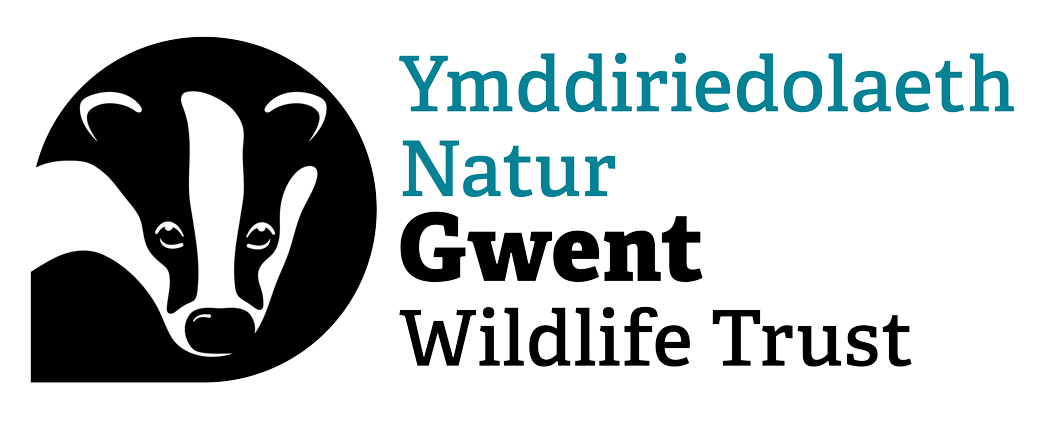Natalie Buttriss, Gwent Wildlife Trust chief executive officer, explains why this huge solar development spells ecological disaster.
“The Gwent Levels are an ancient landscape, rich in culture and important for biodiversity, recreation, flood alleviation, carbon storage and food production. The Wentloog development threatens two internationally important Sites of Special Scientific Interest (SSSI). Many people do not realise that pollution, including oil, from the solar panel structures, runs off into watercourses, adversely impacting otters and other aquatic mammals, as well as invertebrates that form a vital part of the food chain for many species. The environmental impact assessments on other solar plants illustrate that this is a serious problem.
“We need to stress that we are not opposed to solar energy, simply that such developments need to be located on land where they will not irretrievably damage a nationally important and designated landscape, teeming with wildlife. It needs to be stressed that only 12 per cent of Wales’ total land area is made up of SSSIs, these small fragments should be sacrosanct. There is plenty of land available that does not threaten SSSIs.”
“We have already seen the damage caused by the existing solar plant on the Gwent Levels, where a hugely important lapwing breeding site was destroyed. This exquisitely beautiful bird was once a common site in our skies but is now a conservation red-listed species due to plummeting numbers.”
Gwent Wildlife Trust gained massive support from famous figures when lobbying the Welsh Government to halt significant development on the Gwent Levels until proper protection for the unique landscape is secured. These include TV naturalists Iolo Williams, Gillian Burke and Lizzie Daly, as well as internationally acclaimed authors Julian Hoffman and Horatio Clare.
Gwent Wildlife Trust owns reserves throughout the region, including meadows, ancient woodland in the Wye Valley, and unspoilt upland tracts of habitat. One of the trust’s flagship reserves is Magor Marsh on the Gwent Levels.
Magor Marsh is one of the last remaining pieces of natural fenland that once covered the Levels. Wetlands like this were once commonplace across Britain but they are now one of the UK’s most threatened habitats. It was the threat of losing this important place in the 1960s that brought local naturalists together to fight for its survival, banding together to form what is now known as the Gwent Wildlife Trust. More recently, Barecroft Common was added to the reserve along with nearby Bridewell Common, extending this important habitat for the benefit of the natural world.
The Gwent Levels provide a mosaic of habitats that nurture a rich diversity of wildlife throughout the year. The distinctive, familiar but increasingly rare sound of cuckoo calling heralds the fact that spring is in full swing, while the reeds and scrub house the elusive Cetti’s Warbler, its wonderful call piercing the air. In summer, wildflowers carpet the meadows, and the air is full of insects as they feed on the nectar-rich flowers. As autumn approaches, it’s the best time to see a brilliant flash of colour as kingfishers dart along the waterways. Flocks of teal and shoveler make the ponds their winter home. Throughout the year, the waterways known as reens are frequented by water voles (one of the UK's fastest declining mammals) and otters.
